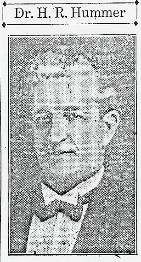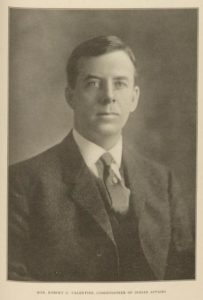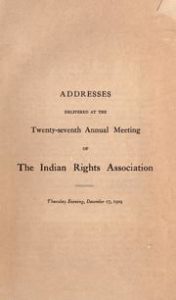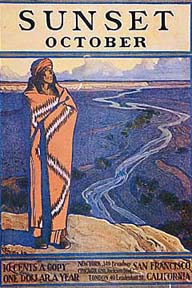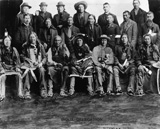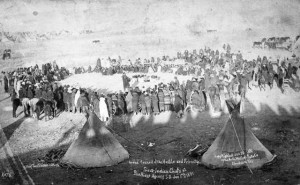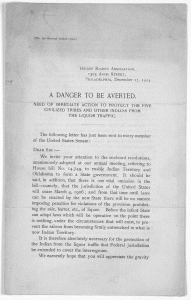Many whites wanted access to Indian lands, and there were plenty of politicians who were glad to help them. Guy P. Cobb was typical. He held a position as the Creek Revenue Inspector (appointed through the recommendation of Commissioner of Indian Affairs William Jones, 1897-1904) and had served under Indian Inspector George J. Wright.
While he was a revenue inspector, Cobb was also general manager of the Tribal Development Company, which Cobb said “helped” Indians manage their land. How? Cobb’s company negotiated rental agreements with Indians–with the option to buy their land as soon as any restrictions were removed. He further assisted them by helping them find “good” allotments. Additionally, (and, of course, quite usefully) Cobb was one of the directors of the Bank of the Chickasaw Nation.
Cobb was not the only politician involved in trust companies, and Samuel M. Brosius of the Indian Rights Association named names in his special report on the land speculation. Dawes commissioners Thomas Needles and C. R. Breckinridge, U.S. District Attorney E. Pliny Soper, assistant U.S. District Attorney for the Northern District of the Indian Territory James Huckleberry, Indian Inspector Wright, and many other politicians and Indian Office employees were involved in various trust companies.

Clifton Rodes Breckenridge of the Dawes Commission, courtesy Biographical Directory of the United States Congress
These companies typically induced Indians to rent their allotted lands for about five years, but then wouldn’t surrender the land after that period and/or refused to pay rent on it. Any heirs of the allottees were then manipulated into selling the land for little money. Even though allotted land was not actually vested in title for 25 years, the courts generally looked the other way at these dealings.
The losers in these arrangements were always the very people the Indian Office and Interior Department had been charged with protecting.


